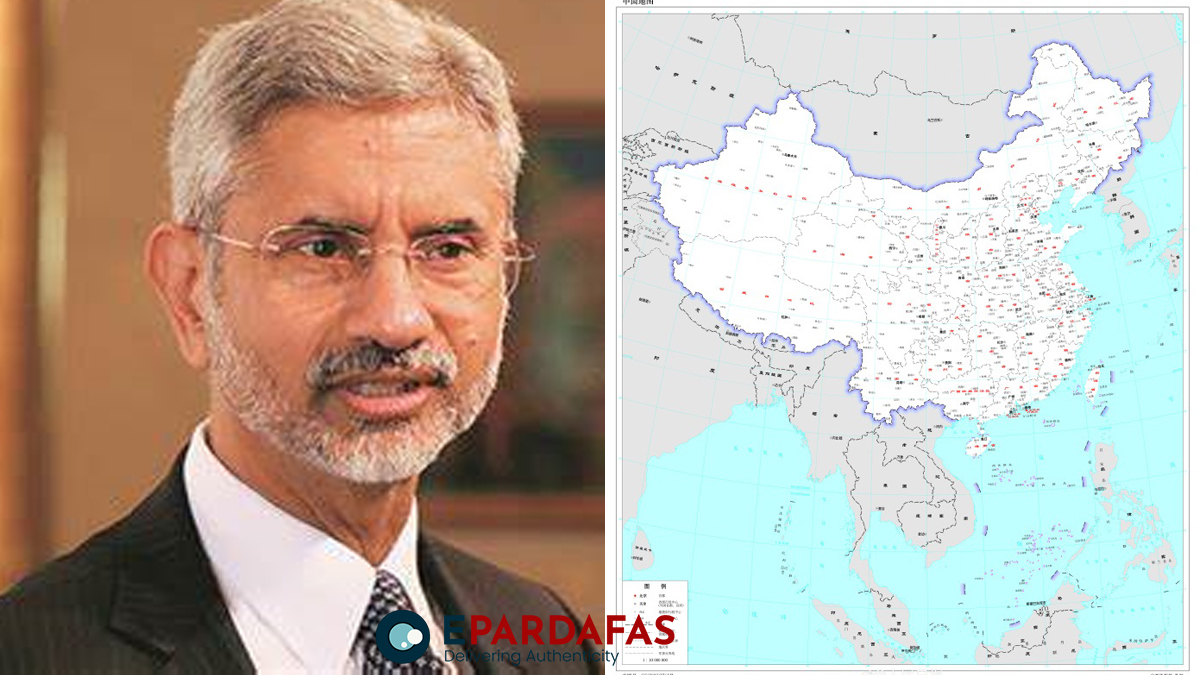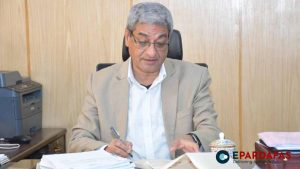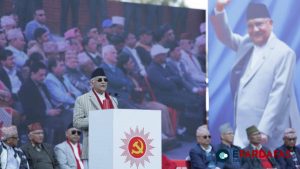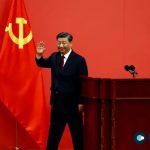
India’s Strong Protest Against China’s New Map Escalates Bilateral Tensions Amid Diplomatic Strain
Tensions between India and China have escalated once again after India lodged a “strong protest” against China’s publication of a new map that includes Indian territories within its borders. The map, released by the Chinese government on August 28, has drawn sharp criticism and raised concerns over the already strained bilateral relations. This move comes just days after a meeting between Indian Prime Minister Narendra Modi and Chinese President Xi Jinping, and ahead of the upcoming G-20 summit in Delhi.
The map released by China claims the entirety of Arunachal Pradesh, Aksai Chin, and other parts of Indian territory as its own. India’s External Affairs Minister S. Jaishankar described these claims as “absurd” and lacking any basis. The map’s release follows discussions between Modi and Xi aimed at resolving the longstanding boundary dispute between the two countries.
The Indian Ministry of External Affairs (MEA) issued a statement rejecting China’s claims and emphasizing that such actions by China complicate the efforts to find a resolution to the boundary issue. The MEA spokesperson stated that India had expressed its strong protest through diplomatic channels regarding the publication of the 2023 “standard map” by the Chinese Ministry of Natural Resources.
Experts and social media users expressed outrage over the map’s contents, with many pointing out that this is a recurring pattern from the Chinese government. In an interview with NDTV, Minister Jaishankar, a former Ambassador to China, labeled the Chinese government’s actions as an “old habit.” He stressed that these claims do not alter the reality of India’s territory and that making unfounded assertions does not grant ownership over other countries’ lands.
The controversial map also lays claim to the entirety of the South China Sea and Taiwan, both of which are subjects of disputes between China and its neighboring countries in Southeast Asia. The timing of the map’s release is noteworthy, as it precedes the G-20 summit scheduled to take place in Delhi on September 9-10. Chinese President Xi Jinping is expected to attend the summit, along with leaders from nearly all G-20 nations, except Russian President Vladimir Putin, who expressed his inability to attend. President Xi has also received an invitation to the East Asia Summit and ASEAN meetings in Indonesia, where Prime Minister Modi is also anticipated to be present.
Similarly, within Nepal’s social media landscape, a blend of protest and satire has emerged in response to China’s recent map publication. Social media platforms have become platforms for expressing objections, particularly highlighting the omission of Nepal’s own revised map. Notably released during a period of domestic discord under the leadership of the then KP Sharma Oli administration, Nepal’s map has found itself absent in China’s latest cartographic depiction.
While this omission sparks discussion, Nepal’s official stance remains undisclosed, with the government yet to convey its perspective on the matter. China’s refusal to acknowledge Nepal’s official map is noteworthy, especially given that it involved the active participation of Prime Minister Pushpa Kamal Dahal Prachanda.
Curiously, instead of engaging in direct negotiations with India to address ongoing border concerns, Nepal acquiesced to China’s insistence and released its map. This strategic decision reflects the complex dynamics between the neighboring nations and their respective diplomatic trajectories.
The recent meeting between Modi and Xi at the BRICS summit in South Africa resulted in differing accounts of their discussions. While India’s MEA emphasized the need for “expeditious” disengagement and de-escalation of the Line of Actual Control (LAC) military standoff, China’s Ministry of Foreign Affairs emphasized the importance of improving relations. This disjunction in their narratives highlights the existing divergences in their positions despite ongoing talks to resolve the border situation.













Comments